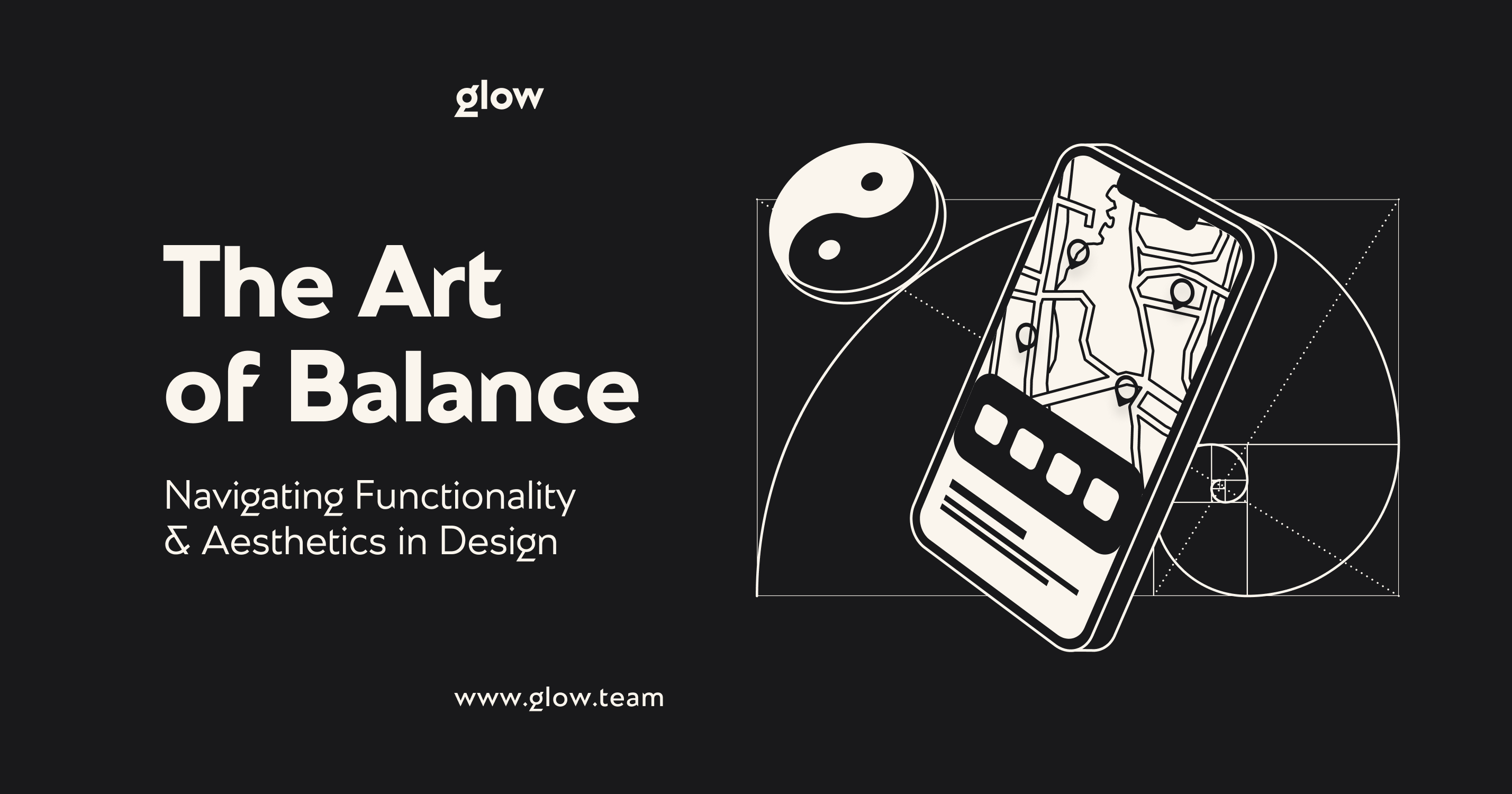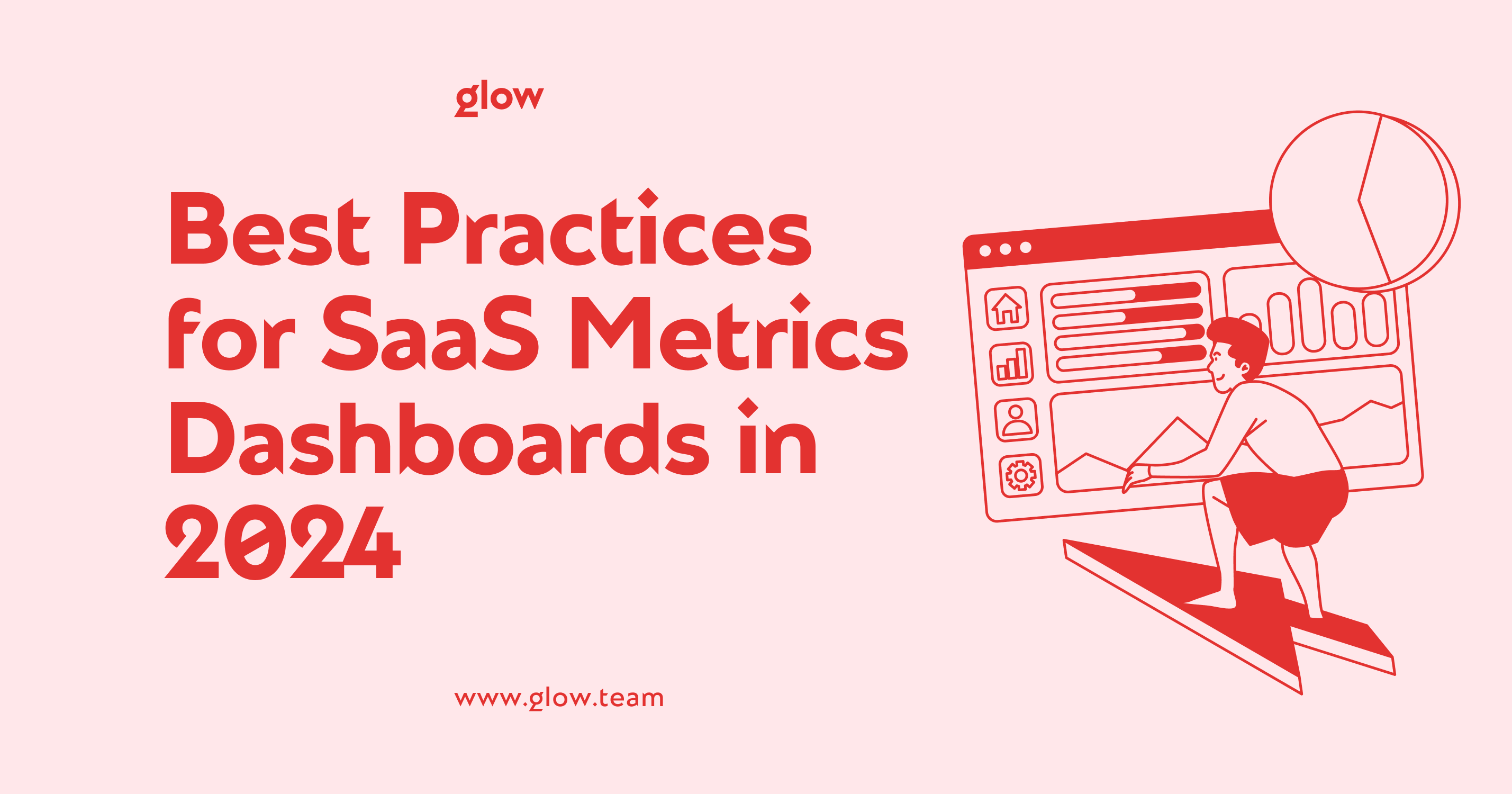Introduction
Have you ever thought about the importance of design? In fact, when it comes to any design-related project, it's not just how it looks. It's about balance! It doesn't matter whether we are talking about architectural design or website design. We - the Glow team, as a leading website design company, know exactly how to keep that very balance of functionality and aesthetics.
The eternal design dilemma
In the world of design, creators face a perpetual challenge: striking the perfect balance between form and function. This design dilemma has puzzled professionals for decades as they grapple with the competing demands of visual appeal and practical utility. The tension between functionality vs aesthetics is not merely an academic concern; it impacts our daily lives in countless ways.
Why balance matters
Achieving harmony between aesthetics and functionality is crucial for creating truly exceptional designs. This balanced aesthetic enhances user experience, increases product adoption, and fosters brand loyalty when done right. Neglecting either aspect can lead to beautiful yet impractical designs or highly functional but unappealing products. Finding the sweet spot is an art form that separates good designers from great ones.
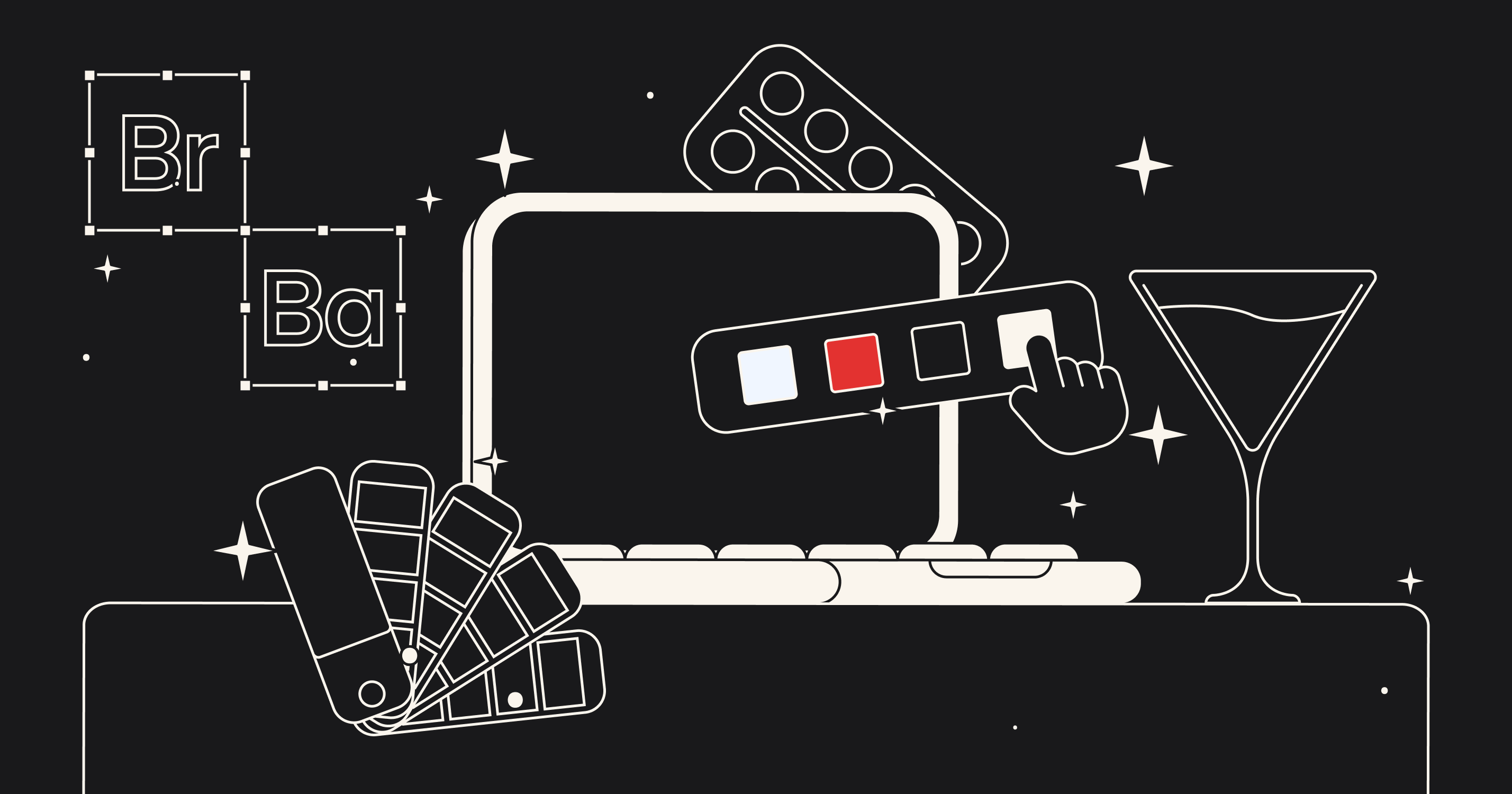
Understanding Aesthetics in Design
Aesthetics in design goes far beyond mere surface-level beauty. It encompasses the emotional response a product or interface evokes in users. Design aesthetics involve color theory, typography, composition, and visual hierarchy. These elements work together to create a cohesive and pleasing experience. Aesthetics can convey brand identity, guide user attention, and even influence perceptions of quality and trustworthiness.
Good aesthetics can make complex information more digestible, turn mundane tasks into enjoyable experiences, and create lasting impressions. Consider the difference between a cluttered website and one with clean, thoughtful design. The latter not only looks better but also feels more intuitive and professional. However, aesthetics must serve a purpose beyond visual appeal to truly excel.
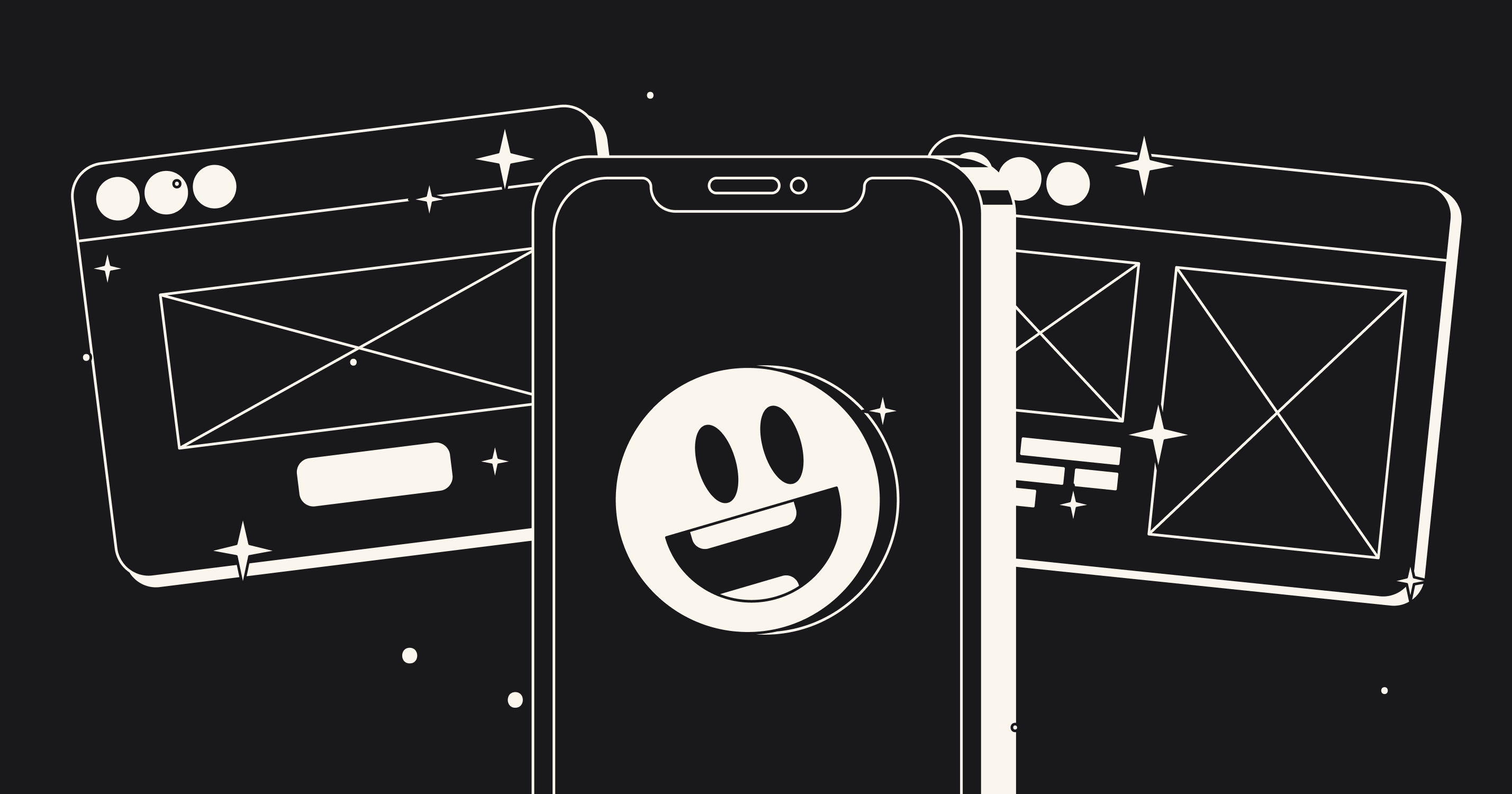
The Role of Functionality in Design
What makes a design functional?
Functionality is the backbone of any successful design. It refers to how well a product or interface serves its intended purpose. A functional design solves problems efficiently, minimizes user effort, and enhances productivity. Key aspects of functionality include usability, accessibility, and performance. These factors determine whether a design truly meets user needs or falls short.
User-centric approach to functionality
To create genuinely functional designs, designers must adopt a user-centric mindset. It involves understanding user goals, pain points, and behaviors. User research, personas, and journey mapping are valuable tools in this process. By putting users first, designers can create solutions that not only work well but also resonate with their target audience.
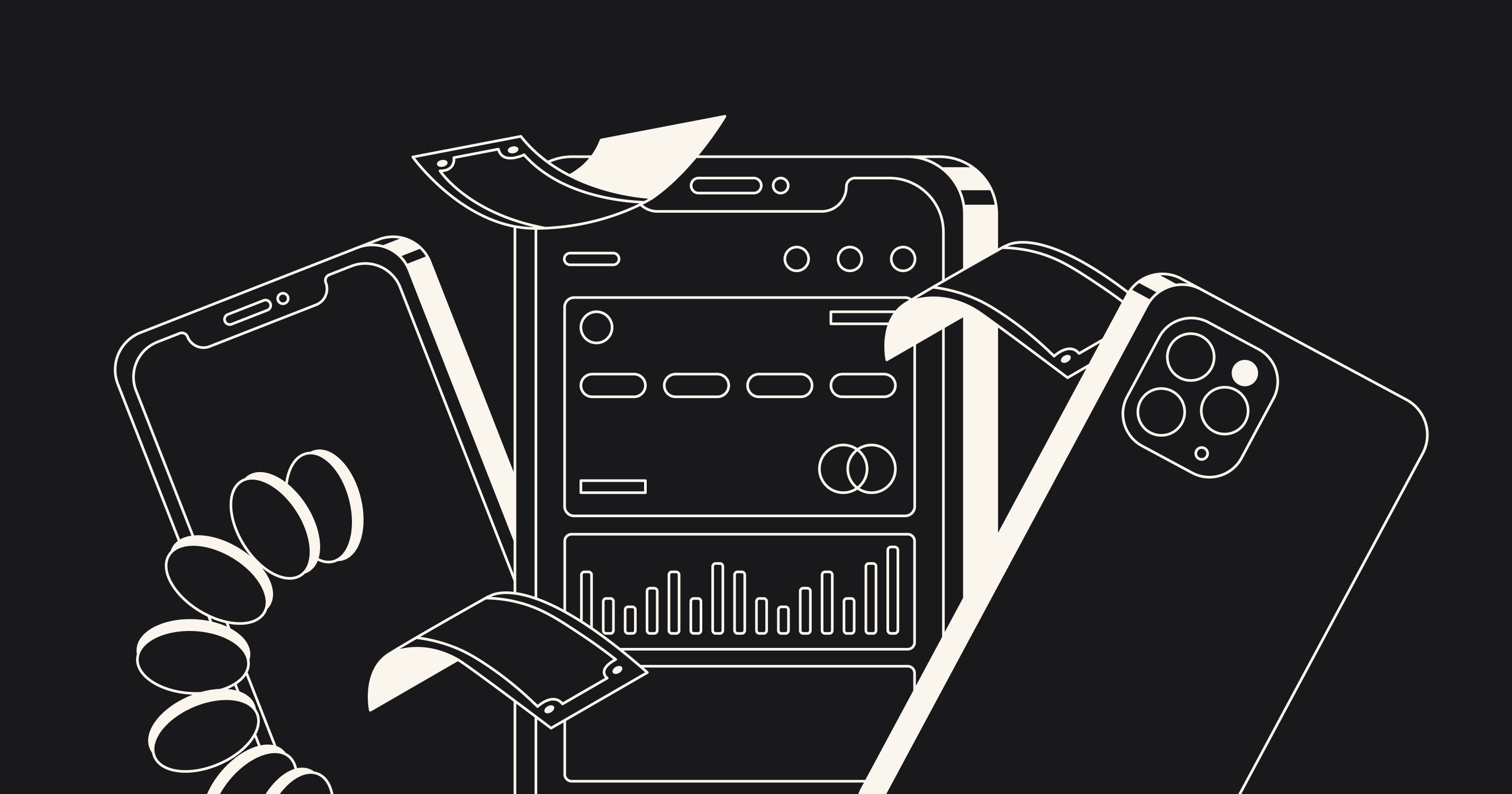
The Interplay Between Aesthetics and Functionality
How aesthetics can enhance functionality
Contrary to popular belief, aesthetics, and functionality are not mutually exclusive. Thoughtful aesthetic functionality can significantly improve a design's usability. Visual cues, consistent design patterns, and intuitive layouts can guide users effortlessly through complex interfaces. A well-designed icon can convey meaning faster than text, while pleasing color schemes can reduce eye strain during prolonged use.
Consider the example of a mobile banking app. Sleek animations and clear visual hierarchies can make navigating financial information less daunting. By combining aesthetics with functionality, designers can create experiences that are both efficient and enjoyable to use. This synergy is at the heart of great design.
When functionality trumps aesthetics
While aesthetics are important, there are instances where functionality must take precedence. Our team always puts customer desire and user convenience at the forefront. So you don't just get a good result, but something that will resonate with your users.
In critical systems like medical devices or emergency response interfaces, clarity and ease of use are paramount. In these cases, designers must prioritize functionality vs aesthetics to ensure user safety and efficiency. However, this doesn't mean aesthetics should be completely disregarded.
Even in functionality-focused designs, subtle aesthetic choices can improve usability. For example, using color coding to highlight important information or employing consistent button styles can enhance user comprehension. The key is to find the right balance aesthetic that supports the primary functional goals without compromising usability.
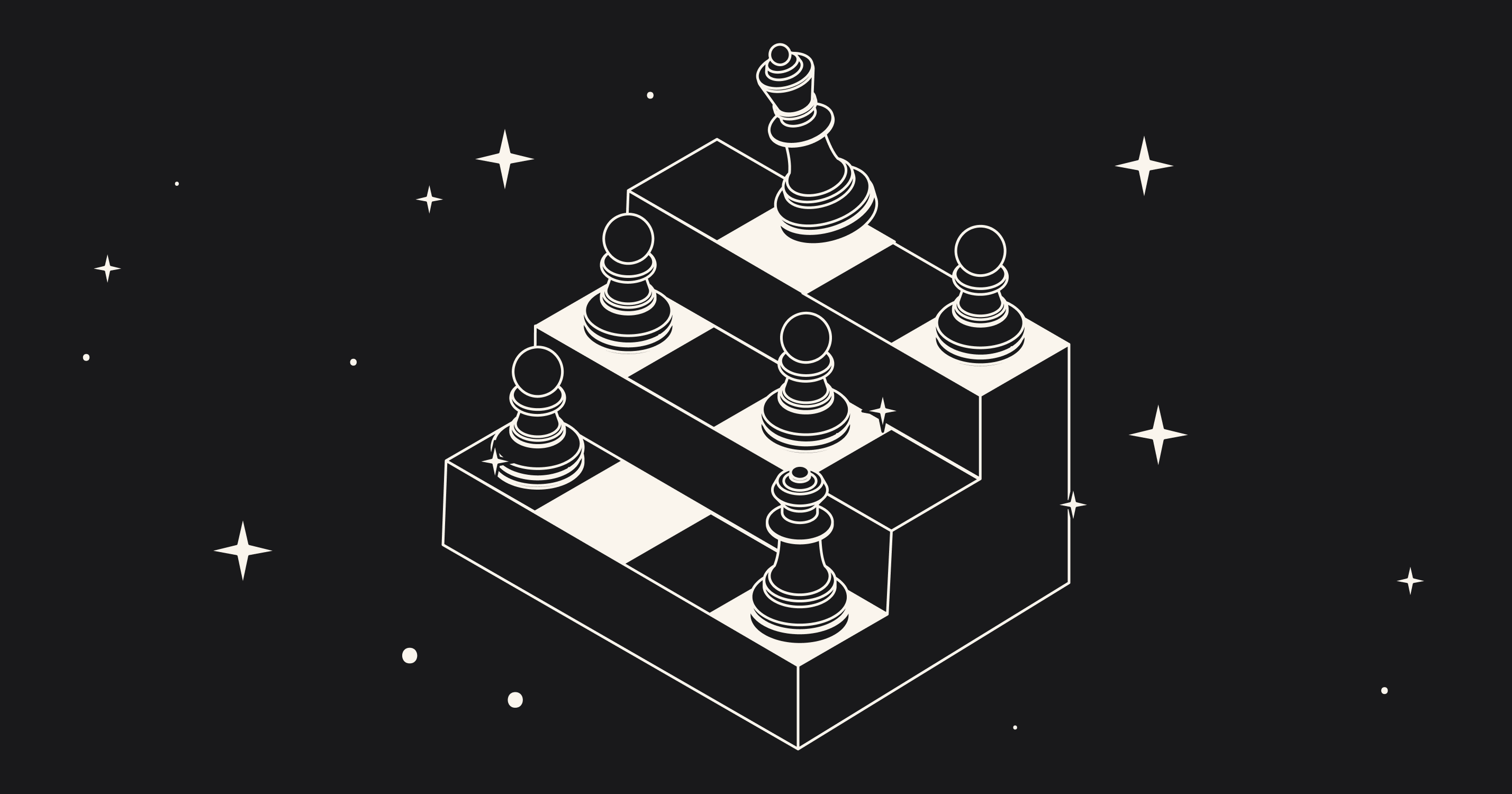
Strategies for Achieving Balance
User research and testing
Extensive user research and testing is one of the most effective approaches to manage the design challenge. Designers may make informed decisions on where to emphasize aesthetics over usefulness by collecting data on user preferences, behaviors, and pain areas. User testing allows designers to evaluate their ideas and fine-tune their solutions based on real-world data.
Techniques like A/B testing, heatmaps, and usability studies provide valuable insights into how users interact with designs. These methods can reveal whether aesthetic choices are hindering functionality or if functional elements need visual enhancement. By continuously gathering and applying user feedback, designers can iteratively improve the balance between form and function.
Iterative design process
Achieving the perfect balance aesthetic is rarely a one-time effort. It requires an iterative approach that allows for continuous refinement. This process involves creating prototypes, testing with users, and making incremental improvements based on feedback. By embracing iteration, designers can experiment with different aesthetic and functional combinations to find the optimal solution.
The iterative process also helps designers adapt to changing user needs and technological advancements. What works today may need adjustment tomorrow as user expectations evolve. By staying flexible and open to change, designers can ensure their creations remain both beautiful and functional over time.
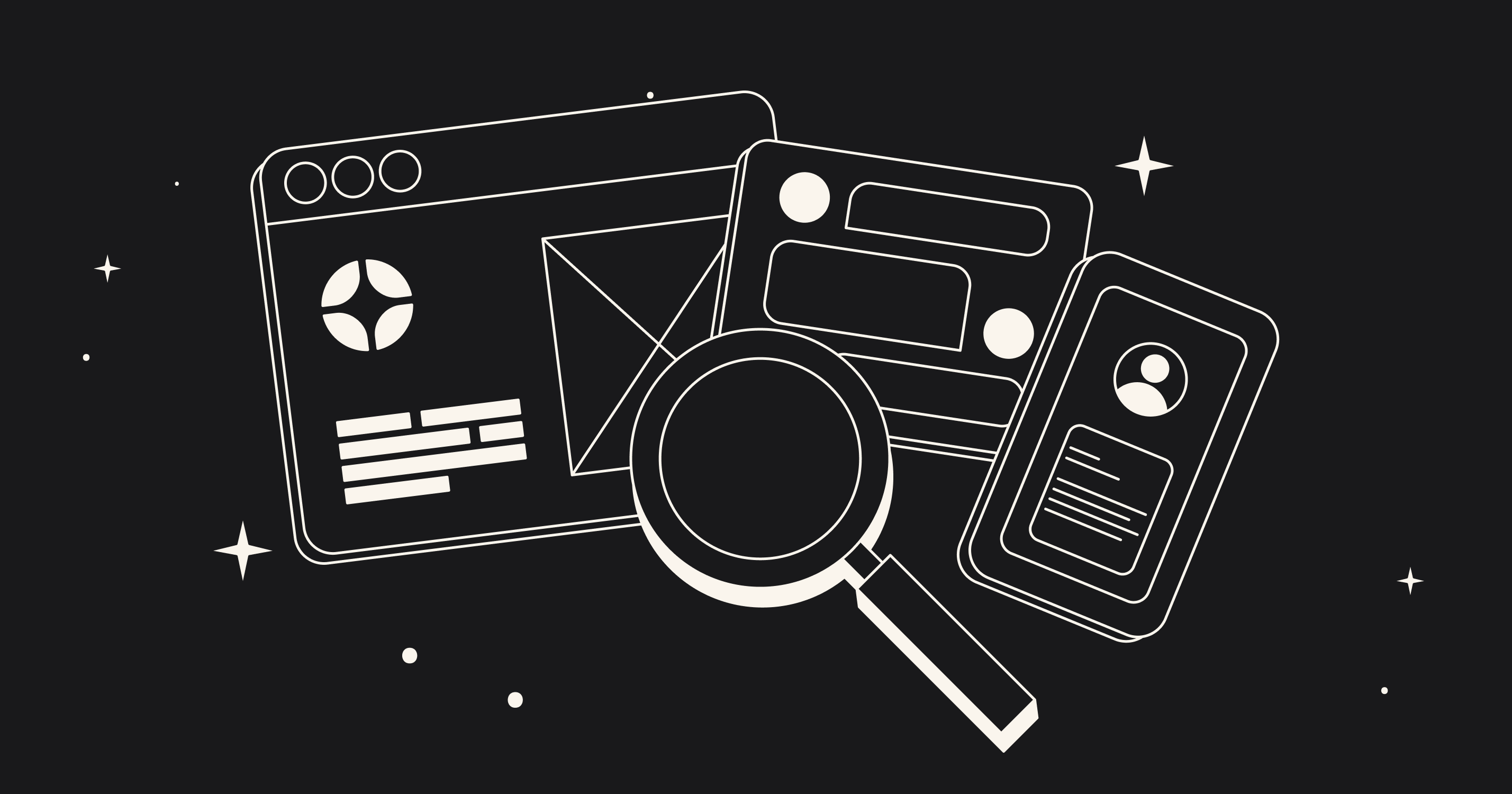
Case Studies
Successful balance: Apple's product design
Apple has long been renowned for its ability to create products that are both visually stunning and highly functional. This mastery of balanced aesthetic is evident across their product line, from iPhones to MacBooks.
Critical aspects of Apple's approach:
- Minimalist Aesthetics: Clean lines, simple color palettes, and uncluttered interfaces create a sense of elegance.
- Intuitive Functionality: Despite advanced features, Apple products are known for being easy to use.
- Attention to Detail: Every element, from packaging to on-screen animations, is carefully considered.
- Material Innovation: Apple often pioneers new materials and manufacturing processes to achieve its design goals.
- Ecosystem Integration: Products are designed to work seamlessly together, enhancing overall functionality.
Take the iPhone as an example. Its sleek design is immediately appealing, with a premium feel that users love. But this aesthetic appeal comes at a cost other than functionality. The interface is intuitive, with gestures that feel natural and responsive.
Even seemingly purely aesthetic choices often have functional benefits. The edge-to-edge screen of recent models isn't just visually impressive – it also maximizes the display area without increasing the overall device size. It is a perfect example of aesthetic functionality in action.
Apple's approach to design aesthetics extends to their software as well. The iOS interface is visually cohesive and appealing, with smooth animations that look good and provide helpful feedback to users. Icons are carefully designed to be both beautiful and easily recognizable.
However, Apple's quest for aesthetic perfection has occasionally led to controversies. The removal of the headphone jack in favor of a sleeker design, for instance, was met with mixed reactions. It highlights the ongoing challenge of balancing form and function, even for industry leaders.
Despite occasional missteps, Apple's overall success in balancing aesthetics and functionality has made them a benchmark in the tech industry. Their approach demonstrates that when done right, aesthetics and functionality can enhance each other, creating products that are both delightful and useful.
Functionality-first: Craigslist's enduring design
On the opposite end of the spectrum, we find Craigslist—a website that has remained unchanged since its inception. Craigslist prioritizes functionality over aesthetics, with a bare-bones design focusing solely on its core purpose: connecting buyers and sellers. While it may not win any beauty contests, Craigslist's enduring popularity proves that functionality can sometimes trump aesthetics.
Craigslist's success highlights an essential lesson in the functionality vs aesthetics debate. For certain use cases, users may prefer a straightforward, no-frills experience that gets the job done quickly. This case study reminds designers that understanding user priorities is crucial when determining the right balance for a project.
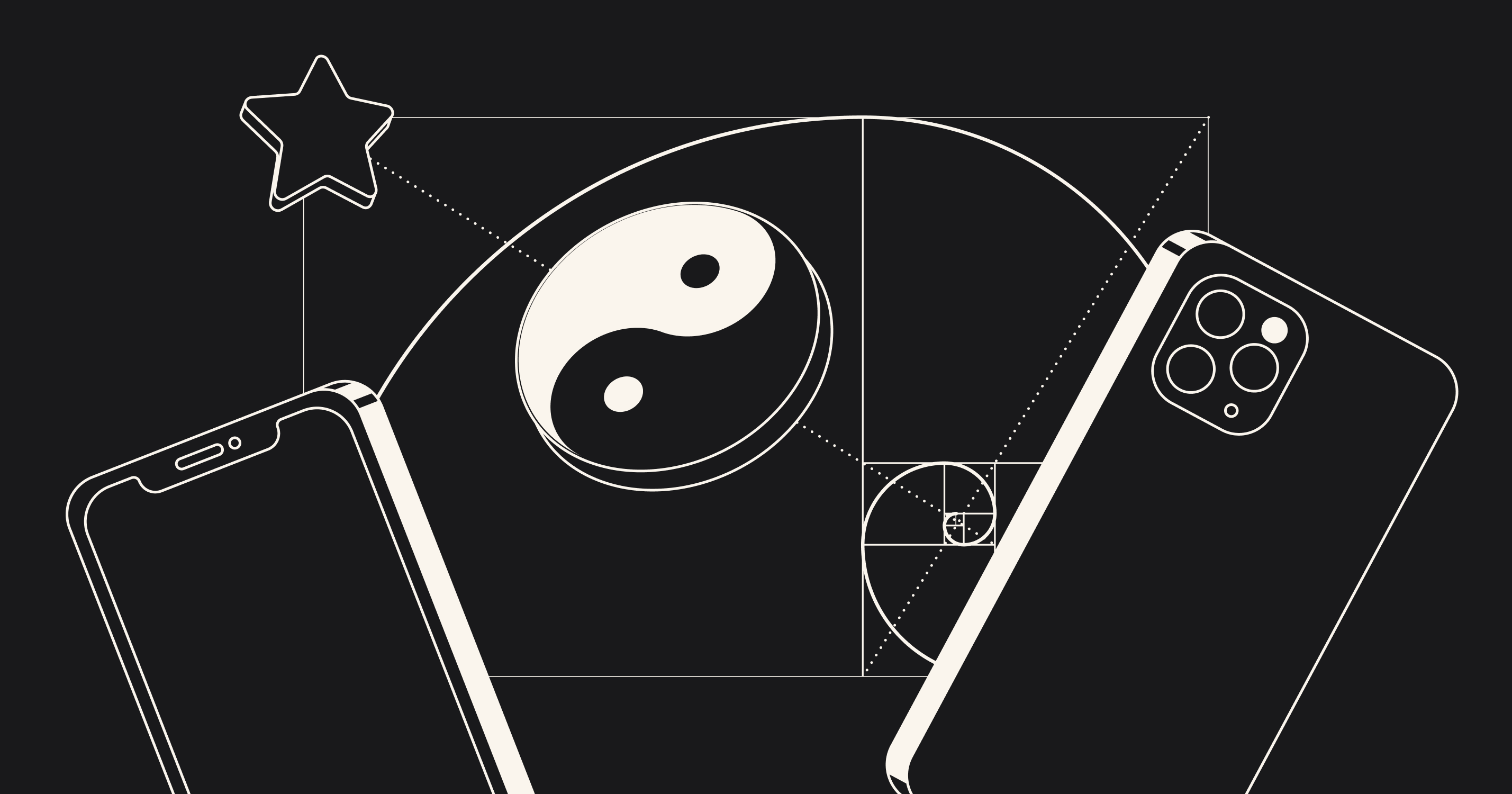
Future Trends in Balancing Aesthetics and Functionality
AI-driven design solutions
As artificial intelligence continues to evolve, it's poised to revolutionize the way we approach the design dilemma. AI-powered tools can analyze vast amounts of user data to generate design suggestions that optimize both aesthetics and functionality. These solutions can help designers make data-driven decisions about layout, color schemes, and interactive elements.
Machine learning algorithms can also personalize designs in real time, adapting to individual user preferences and behaviors. This dynamic approach to balance aesthetics could lead to interfaces that seamlessly adjust their appearance and functionality based on each user's needs. As AI technology advances, we may see a new era of hyper-personalized design that strikes the perfect balance for every user.
Personalization: Tailoring aesthetics to individual users
The future of design lies in personalization. As users become accustomed to tailored experiences in other aspects of their digital lives, they'll expect the same from design. This trend will challenge designers to create flexible systems that can adapt their design aesthetics to suit individual preferences while maintaining core functionality.
Imagine a productivity app that allows users to customize its appearance without compromising its features. One user might prefer a minimalist, monochrome interface, while another opts for bold colors and playful animations. By accommodating these diverse preferences, designers can create products that feel personally crafted for each user, enhancing both aesthetic appeal and functional efficiency.
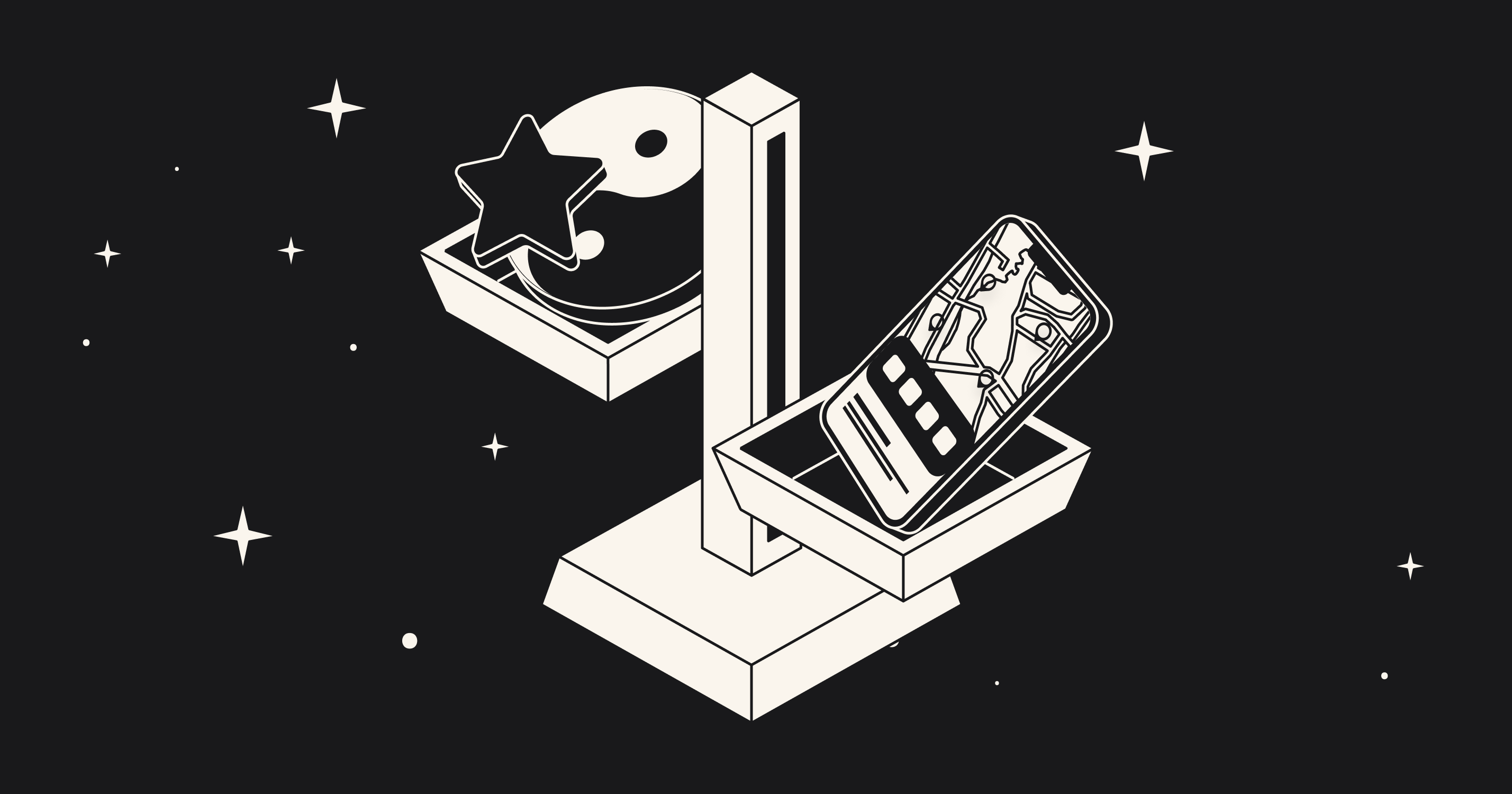
Conclusion: The Ongoing Quest for Perfect Balance
The art of balancing functionality and aesthetics in design is an ever-evolving challenge. As technology advances and user expectations shift, designers must continually refine their approach to this design dilemma. The key lies in understanding that there is no one-size-fits-all solution; each project requires its own carefully considered balanced aesthetic.
Successful designers of the future will be those who can seamlessly blend form and function, creating products that are both beautiful and highly usable. They will leverage user research, iterative processes, and emerging technologies to craft experiences that delight users on multiple levels. The quest for perfect balance is ongoing, but it's this very challenge that makes design such an exciting and impactful field.
As we move forward, let's embrace the complexity of balancing functionality vs aesthetics. By viewing these elements as complementary rather than contradictory, we can push the boundaries of what's possible in design. The most innovative solutions often emerge when we challenge ourselves to harmonize seemingly opposing forces. In doing so, we create designs that not only meet user needs but also inspire and captivate.

FAQs
How do you determine the right balance for a specific project?
To find the right balance, consider the project's goals, target audience, and context of use. Conduct user research and testing to understand priorities and preferences. Iterate based on feedback to refine the balance.
Can a design be too functional or too aesthetic?
Yes, designs can be imbalanced. Overly functional designs may lack visual appeal and engagement. Excessively aesthetic designs might sacrifice usability. The key is finding harmony between both aspects for optimal user experience.
How does the balance change across different platforms (web, mobile, etc.)?
The balance shifts based on platform constraints and user behaviors. Mobile designs often prioritize functionality due to limited screen space. Web designs may allow for more aesthetic exploration. Consider each platform's unique requirements and user expectations.

